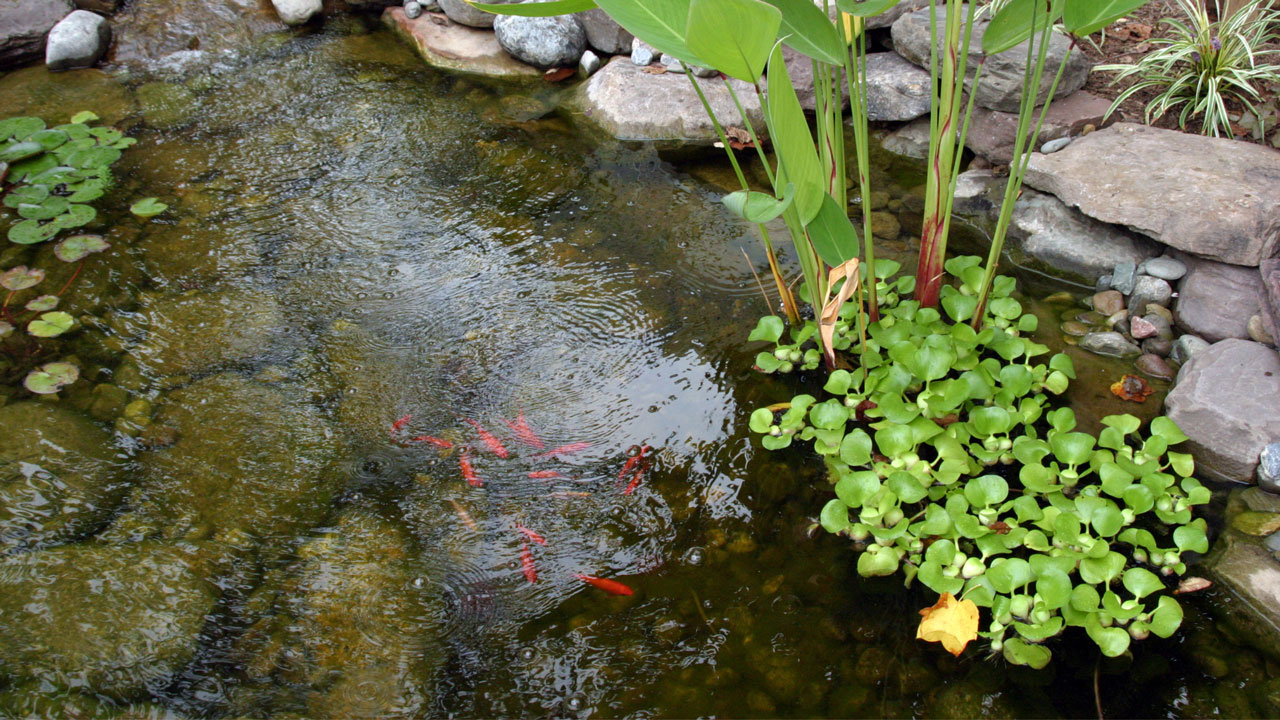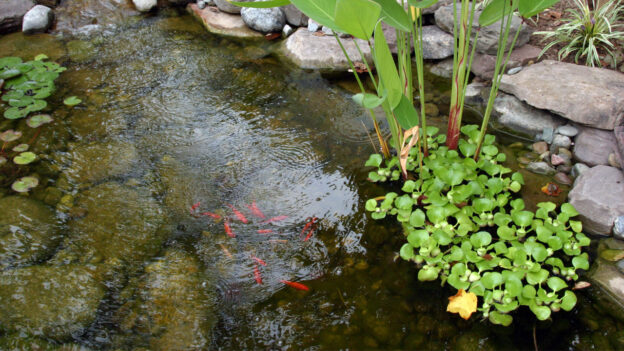 Did you know that backyard ponds can attract various wildlife species, providing them with a safe haven and enriching your outdoor space? In this comprehensive guide, we’ll delve into the process of creating a natural habitat for wildlife in your backyard ponds. By creating a natural habitat in your backyard through pond installation, you can foster biodiversity and enjoy the beauty of nature up close!
Did you know that backyard ponds can attract various wildlife species, providing them with a safe haven and enriching your outdoor space? In this comprehensive guide, we’ll delve into the process of creating a natural habitat for wildlife in your backyard ponds. By creating a natural habitat in your backyard through pond installation, you can foster biodiversity and enjoy the beauty of nature up close!
Benefits of Wildlife Ponds
Attracting Species
Creating a natural habitat like a wildlife pond in your backyard can attract various species. By choosing native plants, you can entice wildlife such as birds and butterflies. Incorporating water features like fountains or small streams will draw in birds and amphibians seeking hydration. Providing food sources, such as nectar-rich flowers or bird feeders, ensures a steady flow of visitors to your pond.
Observing the interactions between different species is captivating when you have a wildlife pond. You get to witness firsthand how animals coexist and rely on each other within this ecosystem. Documenting these behaviors through photography or journaling enhances your understanding of wildlife behavior.
Ecosystem Balance
A well-designed wildlife pond plays a crucial role in maintaining ecosystem balance. Aquatic plants not only oxygenate the water but also offer shelter for various aquatic life forms. Beneficial bacteria present in the pond help regulate water quality by reducing algae growth, ensuring a healthy environment for all inhabitants.
Watching birds splash around, butterflies flutter above the water’s surface, and frogs bask under the sun are just some of the observation opportunities that having a wildlife pond provides. Learning about animal behavior through direct observation fosters an appreciation for nature’s intricacies.
Step 1: Planning Your Pond
When creating a natural habitat, a backyard pond for wildlife, it’s crucial to start by planning your pond correctly. Begin with selecting the right location, ensuring there is enough sunlight for plant growth, and avoiding areas with overhanging trees that might litter leaves into the water. Consider placing the pond close to your living space for convenient observation.
In terms of design considerations, think about the shape and size of the pond according to your available space. Incorporate shallow areas in your design so that wildlife can easily access the water. Varying depths will cater to different species’ needs, providing a diverse environment for various wildlife inhabitants.
For materials and tools needed, gather essentials like pond liner, rocks, soil, shovels, rakes, and a leveler before commencing work on your pond project. Research eco-friendly options for materials to ensure minimal environmental impact from your backyard habitat creation efforts.
Step 2: Building the Pond
Rough Digging
To start creating a natural habitat, backyard ponds for wildlife require thorough planning.Ensure the pond’s shape fits your yard space. Use a shovel to dig out the designated area, making sure to create varying depths for different habitats.
When leveling edges, focus on achieving an even surface around the perimeter of your pond. This step is crucial as it prevents water runoff and maintains consistent water depth for wildlife. By using a leveler during this process, you can ensure that the edges are perfectly leveled.
Smoothing Bottom
After rough digging and leveling edges, move on to smoothing the bottom of your pond. Carefully remove any debris or sharp objects from the bottom surface to safeguard wildlife inhabitants. Smooth out any uneven areas gently and compact the soil adequately for stability.
Creating a safe environment also involves compacting the soil gently before proceeding with installing liners in your backyard pond project.
Installing Liner
Once you’ve prepared the base of your natural pond, proceed with laying down a high-quality liner. The liner is essential in preventing leaks and maintaining water levels effectively within your backyard habitat. Ensure proper coverage by securing and trimming excess liner carefully for a neat appearance.
Step 3: Creating Habitat Features
When creating a natural habitat like backyard ponds for wildlife, there are essential features to consider. Filling with soil is crucial to provide planting areas for aquatic plants. To achieve this, use a mixture of topsoil and clay to offer the necessary nutrients. Gradually add soil while compacting it to prevent settling over time.
Another vital aspect is adding rocks around the pond’s edges. Large rocks can serve as hiding spots for wildlife while also preventing erosion when strategically arranged. This step not only enhances the aesthetics but also creates a more functional ecosystem within the pond.
For the well-being of the wildlife in your pond, proper water introduction is key. Fill the pond with clean water from sources like rainwater or tap water after allowing chlorine and other chemicals to dissipate naturally. If tap water is your only option, consider using a dechlorinator before introducing any wildlife into their new habitat.
Step 4: Attracting Wildlife
Creating a natural habitat like backyard ponds for wildlife requires maintaining specific conditions. Proper water pH levels are crucial for the health of plants and animals. Monitoring temperature fluctuations is essential to ensure the survival of wildlife in your pond. Adequate oxygenation, achieved through aeration or plant presence, is vital for supporting diverse wildlife.
To attract local wildlife to your backyard pond, it’s important to consider native species. Choose native plants that can thrive in your local climate, providing food and shelter for various animals. Introducing fish species native to your region’s water bodies can enhance the ecosystem of your pond and attract different types of wildlife seeking refuge or sustenance.
Incorporating these elements into your backyard pond not only creates a tranquil environment but also serves as an effective method for rodent control, as certain wildlife attracted by the habitat may naturally help manage rodent populations.
Step 5: Caring for Your Pond
To maintain a healthy ecosystem in your backyard pond, it’s crucial to perform seasonal pond maintenance. Regularly clear fallen leaves and debris from the surface to keep the water clean. During appropriate seasons, trim overgrown plants to ensure a balanced habitat for wildlife. Adjust feeding habits based on seasonal changes; for example, feed more during colder months when animals require extra energy.
Consistent winter care is essential to protect your backyard pond and its inhabitants during the colder months. Prepare for winter by either removing sensitive plants or shielding them from harsh weather conditions. To prevent suffocation of aquatic life due to ice formation, create an opening in the ice for gas exchange purposes. Lastly, avoid walking on frozen ponds as this can cause damage and disturb the delicate balance of the ecosystem.
Transform Your Backyard With Stunning Pond Design
Ready to transform your backyard with a stunning pond design? Contact us today to schedule a consultation and explore the possibilities for creating your own backyard oasis. From concept to completion, our team of experts is here to help you bring your vision to life and create a pond that enhances the beauty and enjoyment of your outdoor space for years to come!
